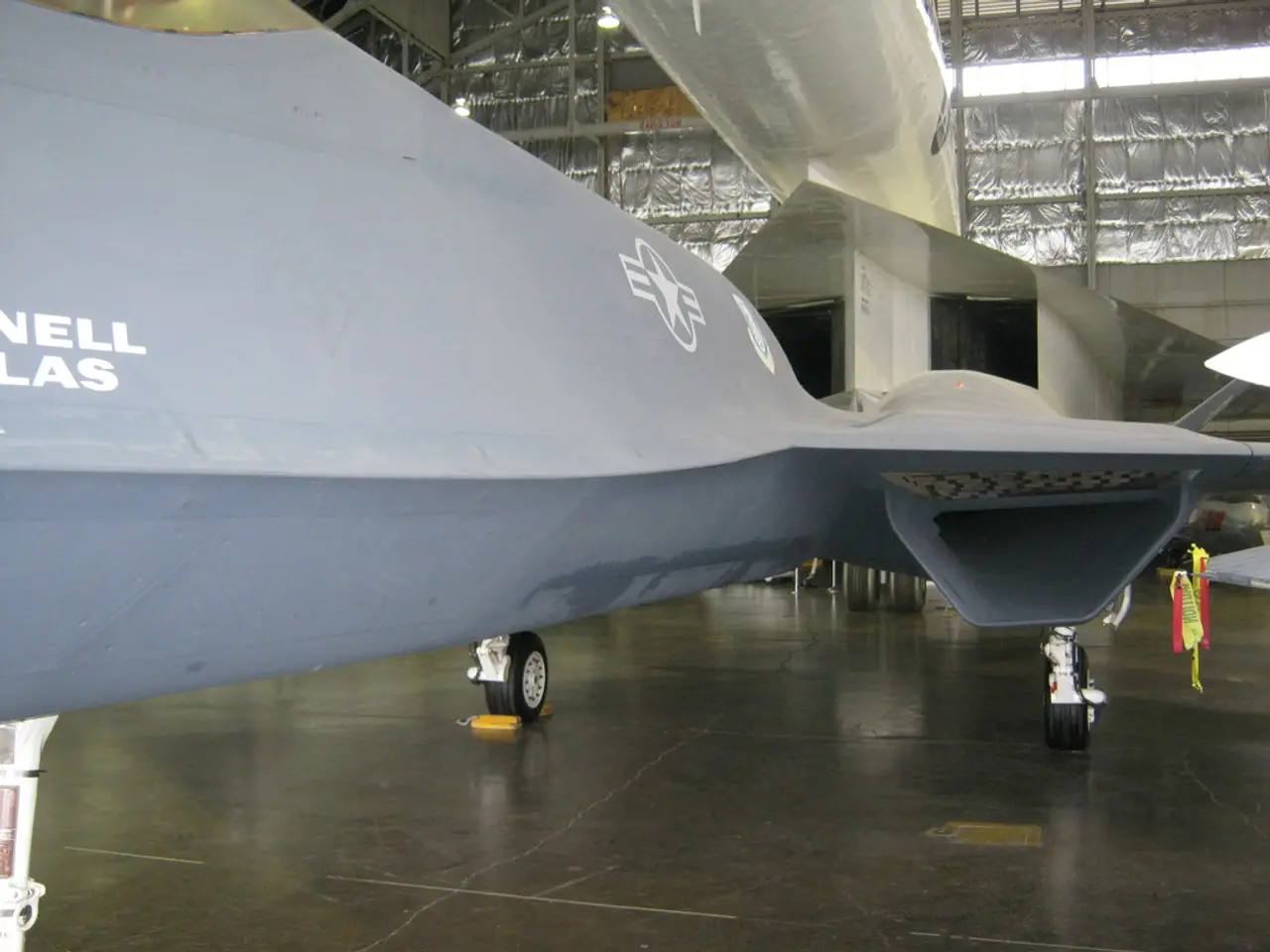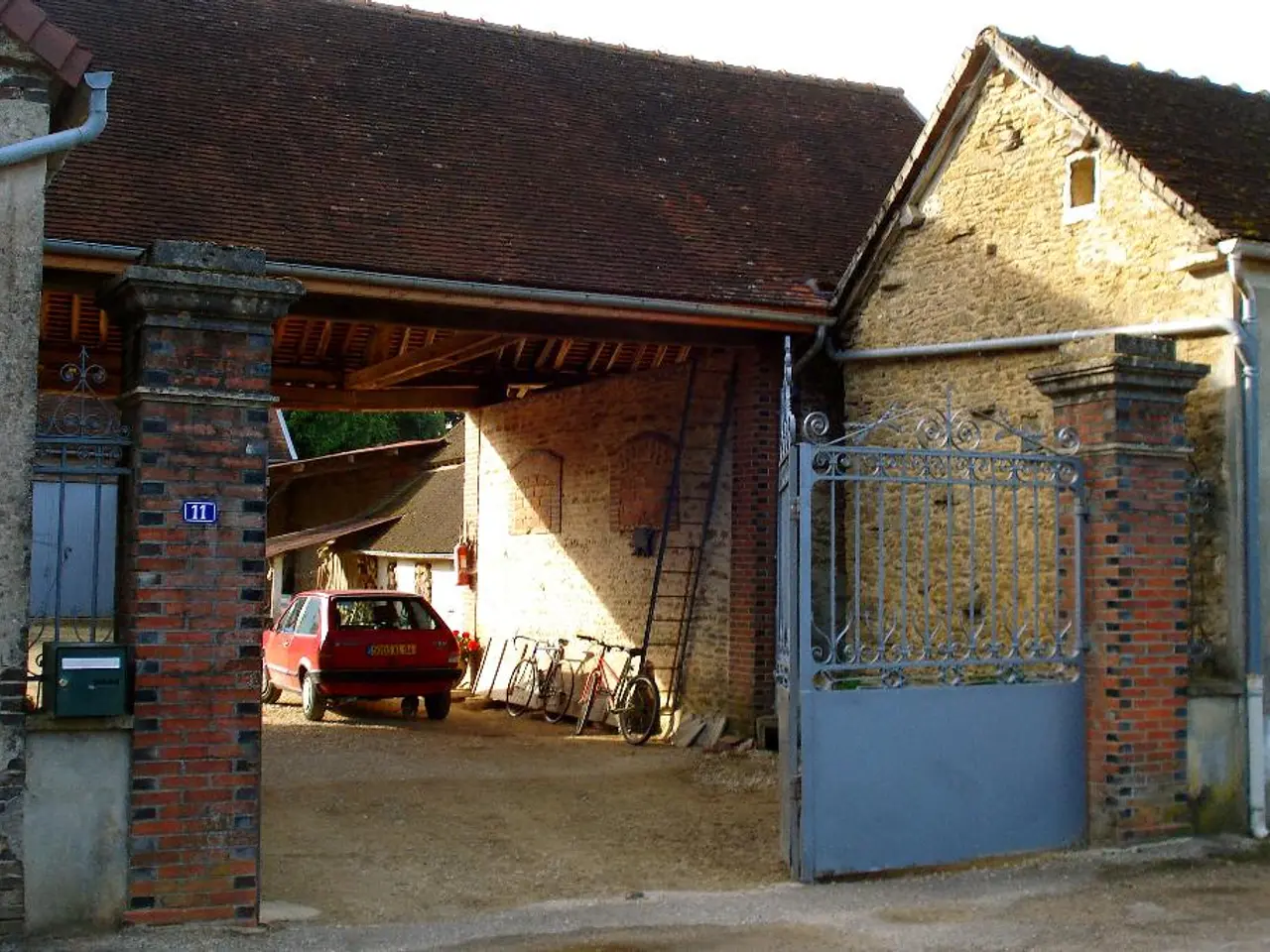Airliner Nearly Experiences Aviation Catastrophe Over Siberia: Secret Audio Recordings Exposed
In the skies above Tuva, a region in southern Siberia bordering Mongolia, on July 6, 2025, a near-collision occurred between an Air China Airbus A350-900 and an SF Airlines Boeing 767 cargo plane. The incident was primarily due to an unauthorized climb by the Air China jet, which gained nearly 2,000 feet in altitude without instructions from Russian air traffic controllers, breaching the international aviation rule requiring a minimum vertical separation of 1,000 feet between aircraft.
The Air China plane came within 90 to 120 meters (about 300 to 400 feet) of the SF Airlines cargo flight O3-128, forcing both planes to take urgent evasive maneuvers to avoid a catastrophe. The Traffic Collision Avoidance System (TCAS) on both aircraft was activated, highlighting the gravity of the situation.
The cause of the unauthorized climb appears to be a miscommunication between the Air China pilot and the Russian air traffic controller. Recordings revealed chaotic radio exchanges, with the Air China pilot denying that the climb was ATC ordered and acknowledging confusion over instructions from a female controller. Belgian aviation news outlet Aviation24 speculated that overlapping radio communications might have caused instructions to be misheard.
The near-miss has sparked a formal investigation by the Civil Aviation Administration of China, involving the airlines, although no public statements have been made yet. The incident has heightened global concerns about air traffic safety and the critical importance of clear communication between pilots and controllers to avoid potentially deadly accidents.
The event exposed vulnerabilities in international aviation safety, especially in busy and remote airspace under Russian control. It has prompted calls for a review and strengthening of ATC procedures and language standards to prevent repetition of such close calls.
The SF Airlines cargo flight O3-128 was on its way from Budapest to Ezhou, in central east China, while Air China flight CA967, which can accommodate between 300 and 440 passengers depending on the configuration, was en route from Shanghai Pudong to Milan Malpensa. The SF pilot requested traffic information, and the Air China pilot responded that the ascent was not authorized, blaming the problem on confusing input from the air traffic controller.
This near-collision serves as a stark reminder of the ongoing challenges in pilot-controller communications and airspace safety worldwide. It underscores the need for improved procedures and standards to ensure the safety of passengers and crew in the skies.
- To mitigate such close calls in the future, there should be a comprehensive review and strengthening of the eco-friendly aviation industry's communication protocols, focusing on clear language standards to prevent miscommunications in busy and remote airspace, particularly under Russian control.
- In the finance realm, the near-collision in Tuva's skies could potentially impact the transportation sector, as airlines may face increased insurance premiums, reflecting the industry's focus on prioritizing safety and preventing potential disasters.
- Amidst global concerns about air traffic safety, the Civil Aviation Administration of China's formal investigation into the near-collision between Air China and SF Airlines could pave the way for enhanced mountain-climbing techniques in the eco-friendly aviation industry, ensuring better altitude management and a safer flight experience for all.




